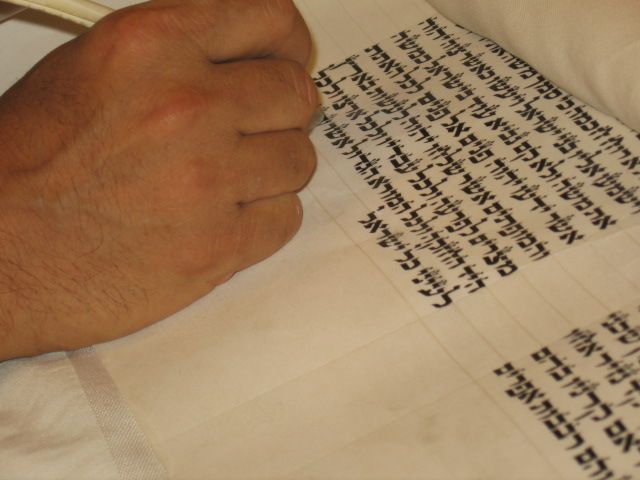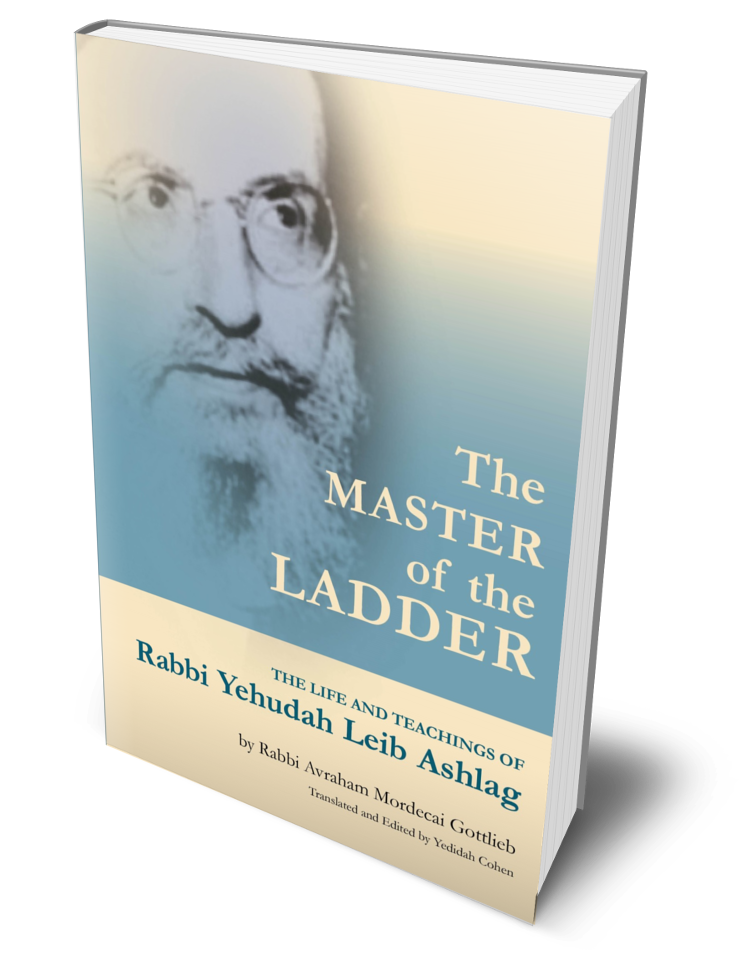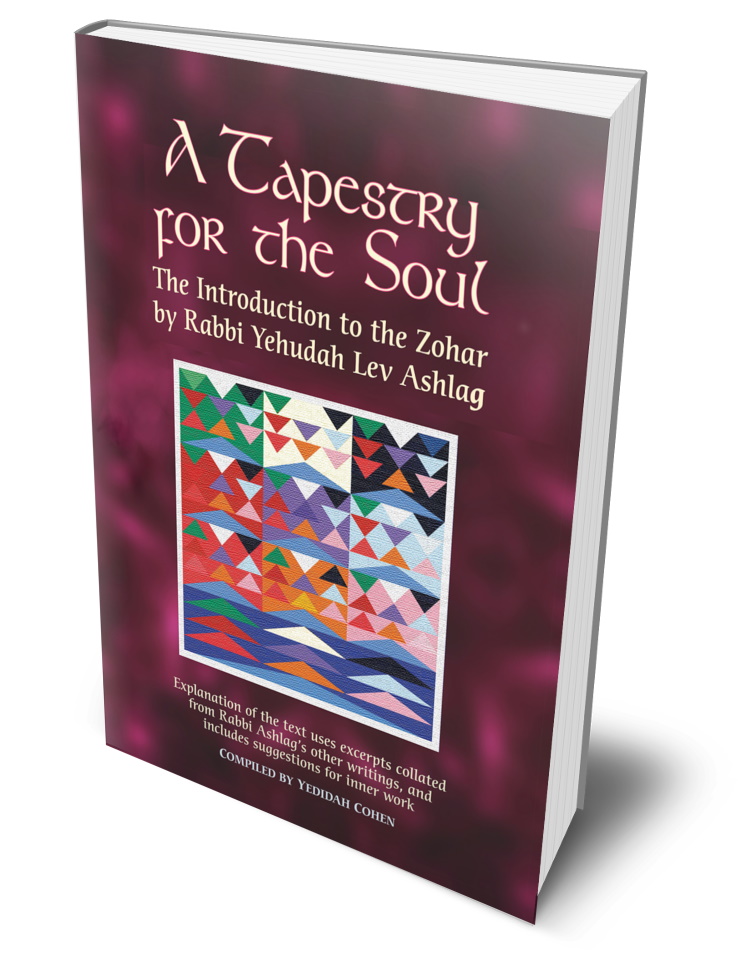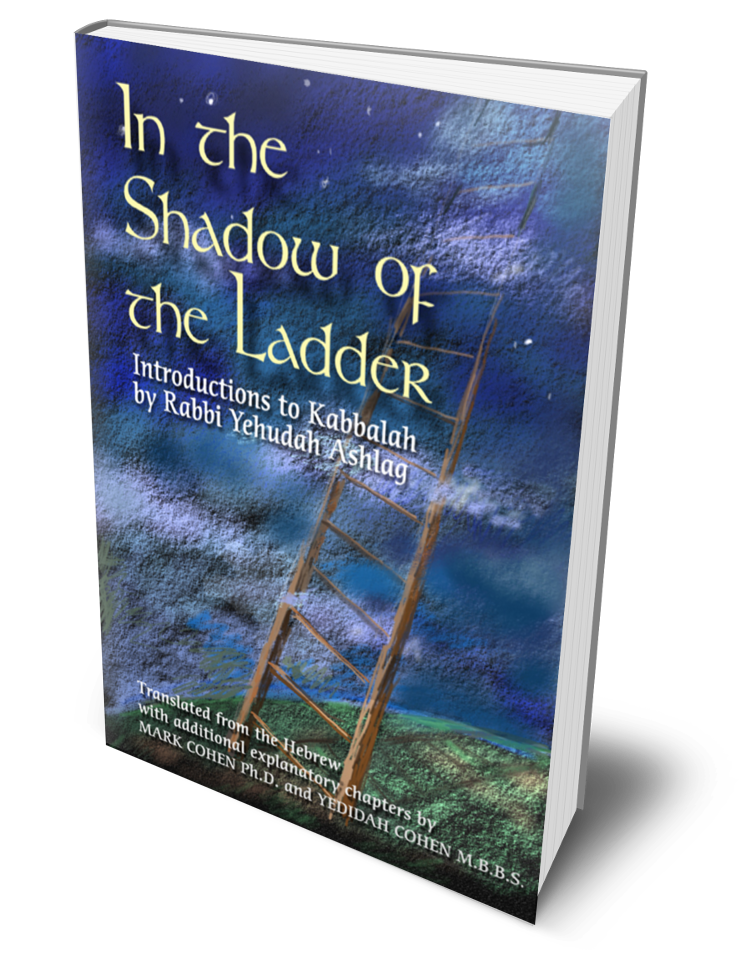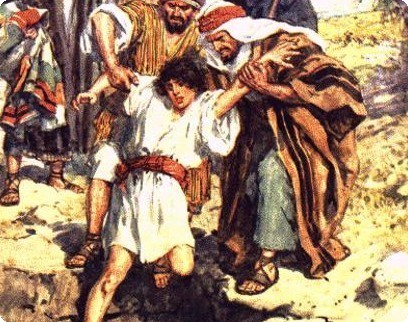
Podcast: Play in new window | Download (Duration: 19:20 — 17.8MB)
Subscribe: Apple Podcasts | Spotify | Android | Podchaser | Email | RSS
The story of Joseph and his brothers is a story filled with passion, anger and reconciliation. Most of all, it is a story that describes the search for and the development of the quality of brotherhood.
Interestingly, although other brothers have been described in the Torah, the quality of brotherhood has not, until now, been one sought for. Ever since Cain and Abel, the most that any pair of brothers has looked for is for the different brothers, Isaac and Ishmael, or Jacob and Esau, to part and go their independent ways in peace.
In contrast, all twelve sons of Jacob are called the 12 tribes of Yah. They all follow the path taught by Abraham, developed by Isaac, and brought to fruition by Jacob. Yet, they are twelve distinct individuals who each have their own way of serving God. We can see that from the blessings that Jacob gave each one of them before he died. It seems that it was these differences that were the main cause of contention between them. Joseph’s way of working for God was most suited for the end of the Tikkun, the time of redemption. Indeed his pathway is that of redeemer, as he redeems the land of Egypt and Canaan from the terrible scourge of famine. Judah, in contrast , believes that faith and prayer is the right way to serve God. They could not agree.
In the search for brotherhood, the brothers first have to develop the vessel for the light of brotherhood, that is, they have to develop the lack and the need in their awareness for brotherhood. This certainly occurred as a consequence of selling Joseph as a slave in Egypt. The Zohar tells us that fascinatingly enough the holy Shechinah, the Divine presence, agreed with this act!? Maybe it was because, as Rabbi Yehudah Leib Ashlag teaches, no light may be attained unless there is the appropriate vessel for it. So in order for the light of brotherhood to be attained, first the vessel needs to be created.
Ultimately, all Israel needed to develop the quality of brotherhood between, not only all the members of one family, but between all the members of one nation, until we could all come to stand at Mount Sinai, to receive the Torah ” as one man with one heart.”
Rabbi Ashlag, in his great work, Matan Torah, teaches that the complete fulfillment of the Torah both then and now, is the same requirement. Of coming together as “one man with one heart.”
This podcast is dedicated in loving memory and for the ilui nishmat of Feigi Bat Rivka z”l and Aharon Kotler z”l and Sara Kotler z”l, May their memories be a blessing for us.
Yedidah Cohen is now teaching a new course on the Introduction to the Zohar, by Rabbi Ashlag. The group has already begun, but it is not too late to join. If you are interested, please contact Yedidah through www.nehorapress.com
{ 0 comments }
